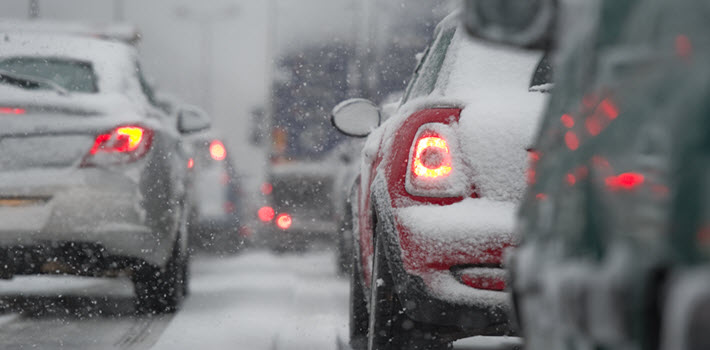When you walk outside in the morning and the cold winter air hits, your first instinct is to get in the car and warm up. Although we feel the need to heat up our body temperature before being expected to function properly, the same is not true for our cars. Contrary to popular belief, warming up your car in winter is not necessary in order for your car to run efficiently. While this may seem like a logical assumption to make, it can be counterproductive to the overall wellbeing of the vehicle. With that being said, in some regions where the temperature reaches below zero frequently, it may be a good idea to let the car warm up after an especially cold night. Depending on the varying degrees of cold, your car doesn’t need an extended period of time of “warming up”. In fact, only 30 seconds does the trick.

This rumor may have begun before 1980, when the automotive industry made the switch from using a carburetor to a fuel injection system. Back in the day, the older generations would have been correct to let their cars warm up in the winter—it was necessary in order for the engine to work efficiently. Today, letting your car warm up for a few minutes before driving is simply not necessary—particularly in regions with warmer weather and rarely low temperatures. However, as before mentioned, in colder weather with snow and below freezing temperature, it is beneficial to allow your car to warm up for a few minutes. This prolongs the life of your engine, allowing the oil your car uses to run properly to reach an adequate temperature to flow properly.
Some automotive experts suggest that you do not need allow your car to warm up before driving it because the engine will eventually warm itself as you begin to drive. This is mostly true for the generation of cars that began to be manufactured with a fuel injection system after 1980. Now, that is not to say that you should hop in your car and go racing down the street the moment you leave your driveway. It is best to drive slowly for the first minute of driving your car so you do not put any added stress on a colder engine, but as you reach higher speeds, your car will have already warmed the oil to an adequate temperature for efficient engine function.
Perhaps one of the most unsettling consequences of allowing your car to warm up in the morning unnecessarily is the widespread toll it can take on the environment. Car exhaust causes massive amounts of air pollution, and idling your car further unnecessarily pollutes the air. This can easily be avoided with the proper knowledge about when to allow your car to idle. It is especially unnecessary to go outside on a cold morning to turn on your car engine and allow it to warm up while you go back inside to gather yourself before leaving for work. This can be harmful to the environment, yes, but also harmful to your wallet.

Automotive experts have also said that although it is concerning that warming your car every morning (despite freezing temperature or not) will cause added and unnecessary air pollution, it is also a waste of gas and money. Allowing your car to idle for only a short period of time wastes more gas than it takes to turn off your engine and restart it. With gas prices fluctuating and reaching all-time high dollar amounts, now is the time to conserve the fuel you pay for. A good rule of thumb is to gauge how long your car needs to idle for based on the temperature outside. If it’s not below freezing, but chilly, 30 seconds will do. If your car is frosted over and frozen, give the engine a few minutes to reach a reasonable temperature of about 40 degrees—depending on the type of car, this usually only takes 2-3 minutes. If your car is older than a 1980 model, it will likely need a little more time. So, start your car, scrape off the ice, and head off in your well-oiled machine.

